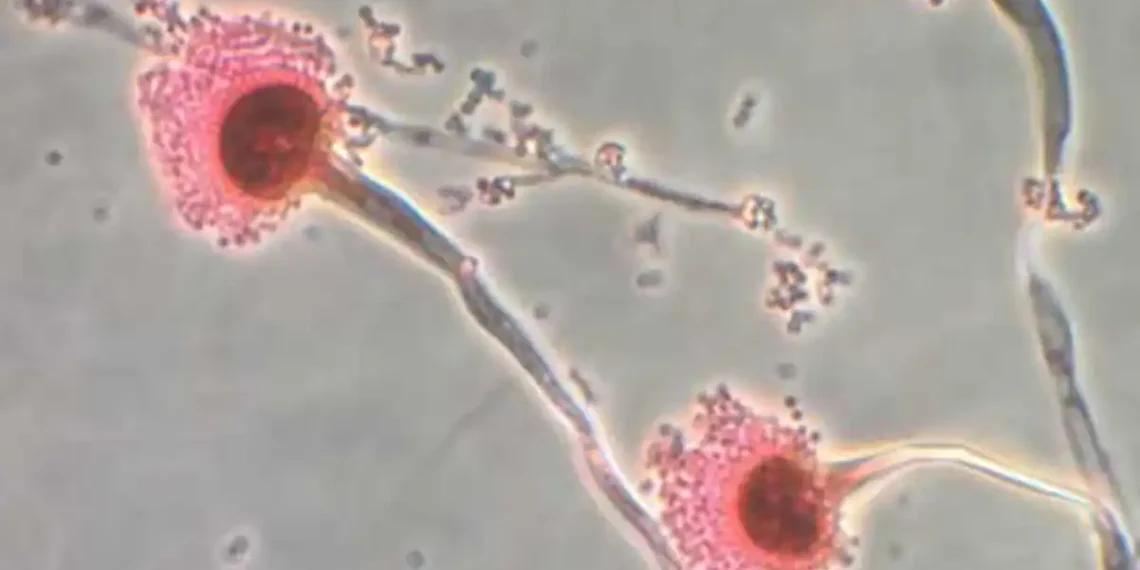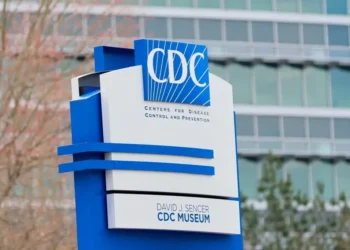Flesh-Eating Fungi on the Rise: Climate Change Could Unleash a Hidden Killer
A new study warns that dangerous fungi capable of causing deadly infections could rapidly spread across the globe as climate change accelerates — and the world is woefully unprepared.
These fungal threats, often overlooked in public health discussions, are already responsible for an estimated 2.5 million deaths each year. Now, researchers fear the warming planet will open the door for them to thrive in regions that were once inhospitable.
Silent Spreaders: What You Breathe Could Kill You
Fungi like Aspergillus, a common genus found in soil, compost, and water, release millions of microscopic spores into the air every day. Most people inhale them without issue, but for those with weakened immune systems — such as cancer patients, organ transplant recipients, or those with asthma or COPD — the consequences can be deadly.
When the immune system can’t clear these spores, the fungus takes over, growing inside the body — “basically eating you from the inside out,” says Norman van Rijn, a climate and infectious diseases expert at the University of Manchester.
Mapping a Global Threat
Van Rijn and his team used climate modeling to predict how Aspergillus will spread as global temperatures rise. Their findings? Alarming.
- Aspergillus flavus, a fungus that thrives in hot, tropical climates, could expand its range by 16% if fossil fuel emissions remain high. It’s expected to reach parts of North America, northern China, and Russia.
- Aspergillus fumigatus, more common in temperate zones, could see a 77.5% increase in range by 2100, potentially threatening 9 million people across Europe.
- In contrast, regions like sub-Saharan Africa may become too hot for these fungi to survive, disrupting ecosystems that depend on them.
A Medical System That’s Not Ready
The rise of these fungi is particularly dangerous because of limited treatment options. There are only four classes of antifungal medications, and resistance is growing.
Complicating matters, aspergillosis, the disease caused by Aspergillus, is difficult to diagnose. Symptoms like fever and coughing mimic other common illnesses, leading to misdiagnosis or delayed treatment. Mortality rates range between 20% and 40%.
Fungi, Disasters, and Pop Culture Parallels
Extreme weather events — floods, heatwaves, and tornadoes — can also spread fungal spores. After the 2011 tornado in Joplin, Missouri, for example, a sudden outbreak of fungal infections sickened dozens.
Public interest in fungal pathogens has surged recently, thanks to HBO’s hit show The Last of Us, which imagines a post-apocalyptic world overrun by a zombie-like fungal infection. While fiction, researchers hope it sparks awareness of real-life threats.
The Data Gap and the Urgent Need for Action
Experts say there’s a massive lack of data on where dangerous fungi are spreading and who is most at risk. A recent study tracking more than 100 million U.S. patients identified 20,000 cases of aspergillosis between 2013 and 2023 — and it’s rising by about 5% annually.
“We’re just beginning to understand how climate change is fueling this threat,” said Dr. Justin Remais, an environmental health professor at UC Berkeley.
Elaine Bignell, a leading fungal expert at the University of Exeter, echoed this concern. “There is a desperate need to reverse the lack of attention on fungal diseases. Any of us might be affected in the future.”
This article was rewritten by JournosNews.com based on verified reporting from trusted sources. The content has been independently reviewed, fact-checked, and edited for accuracy, neutrality, tone, and global readability in accordance with Google News and AdSense standards.
All opinions, quotes, or statements from contributors, experts, or sourced organizations do not necessarily reflect the views of JournosNews.com. JournosNews.com maintains full editorial independence from any external funders, sponsors, or organizations.
Stay informed with JournosNews.com — your trusted source for verified global reporting and in-depth analysis. Follow us on Google News, BlueSky, and X for real-time updates.













